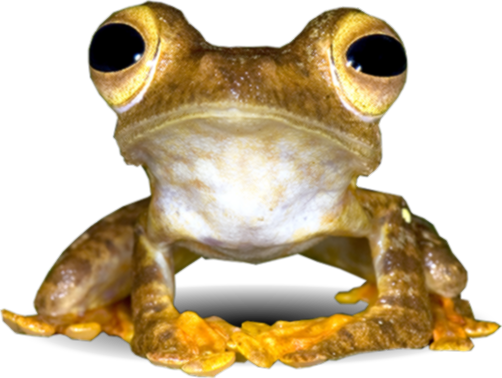Peninsular Malaysia with about 70 genera and 270 species. Bauhinia was named in honour of the Bauhin brothers (Caspar Bauhin and Jean Bauhin) who were Swiss botanists in the 16th century.
Bauhinia decumbens was first described by Henderson in 1933 based on the type specimen, Henderson SFN 22268, that he collected from the top of Gunung Senyum, Pahang, Peninsular Malaysia, which is a limestone hill. Subsequently descriptions of the species up to and including that of Hou, Larsen & Larsen (1996) were still based on this single specimen. However during our fieldtrip in February 2011, we managed to collect this species for the second time. This time, it was found at the top of Gua Ular, a smaller limestone hill nearby Gunung Senyum. Thus, Bauhinia decumbens is endemic to Gua Senyum and Gua Ular.
Bauhinia decumbens is a low scrambling shrub with many tendrils. The young shoots, stems and tendrils are covered in dense, appressed red pubescence. The deciduous stipules are ovate to subrotund and are reddish tomentose. The leaf blades are subrotund, bifid for about one third with a broad, triangular sinus at the top of the midrib. The base is deeply cordate while the apex is deeply bilobed. There are 9 to 11 veins (not including the marginal vein). The upper surface is glabrous except for a fine light brown pubescence on the main veins of the younger leaves. The lower surface is densely covered with coppery-red pubescent hairs. The flowers are arranged in very dense lateral and terminal corymbs with all parts coppery pubescent. The two or three sepals are ovate and acute. The petals are unequal, subrotund to broadly ovate with an undulate margin, the outerside is appressed densely silky. The three stamens are reddish hairy at the base but glabrous towards the apex. The pistil is densely covered with shining red hairs; the ovules are two or four. The fruit is still unknown.
Although Bauhinia decumbens is morphologically close to Bauhinia cuprea, it is distinguishable by its smaller, stiffer, more cordate leaves with more veins; the more rounded flower buds and the smaller, more hairy flowers.
